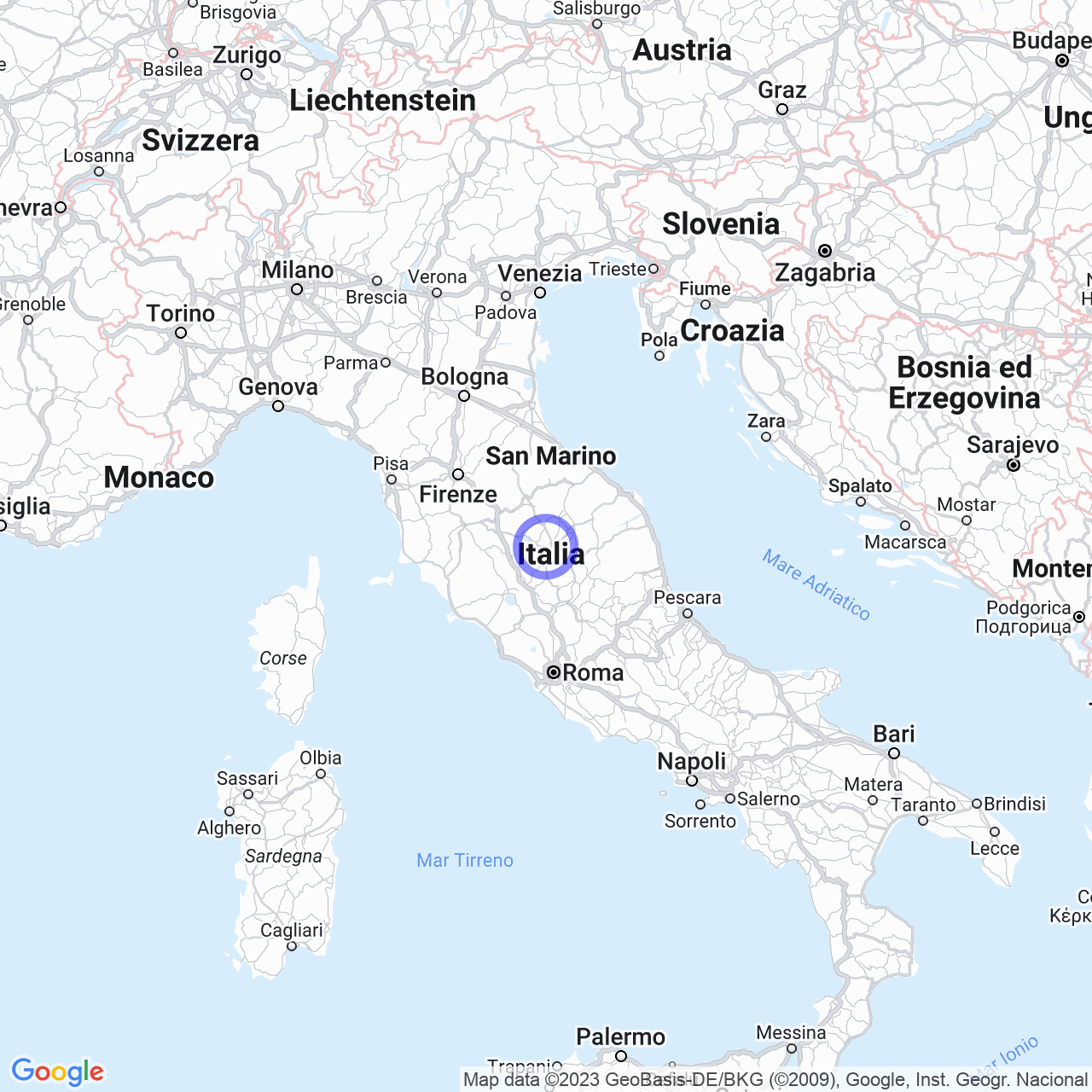Ripa
Discovering Ripa, the hamlet of Perugia
Hello everyone, today I am going to talk about Ripa, a charming hamlet of the municipality of Perugia (province of Perugia) that I recently had the pleasure of visiting. With its 932 inhabitants, called "ripajoli," this locality is located on top of a hill, 314 meters above sea level, between the Tiber and Chiascio rivers. The panoramic view, which overlooks Assisi and the entire Foligno plain, is truly spectacular and worth admiring.
History of Ripa
To learn about the history of Ripa, we must go back to the 4th century BC, when the nearby Umbrian-Etruscan-Roman city of "Arna" was founded in the territory between the Tiber and Chiascio rivers. The name Ripa probably derives from the Latin "ripa," meaning bank, as it used to overlook the Umber lake, now drained.
The town was destroyed by the hordes of Totila in the 6th century, but significant resettlement occurred starting in 1266 when Perugia built a round castle with a diameter of about 300 meters, which served as a lookout towards the territory of Assisi and the Via Flaminia.
In 1416, at Sant'Egidio, Braccio da Montone fought the battle that allowed him to return to Perugia. From the mid-16th century, the territory of Ripa became an agricultural settlement and was largely controlled by the noble Ansidei family of Perugia.
Around 1850, the phenomenon of banditry developed in the area between Ripa and Valfabbrica, having its maximum exponents in the figures of the bandits "Cinicchia" and "Ortica."

Economy in Ripa
The economy of Ripa is mainly based on agriculture and the exploitation of coppice woodland. A prominent feature is the presence of the Perugia-Sant'Egidio airport, an important hub for tourism and commercial traffic in the area.
Monuments and works of art
If you are passionate about art and history, Ripa has a lot to offer. Here are some of its most beautiful monuments and works of art:
- Parish church of Lidarno;
- Castle and tower of Sant'Egidio (15th century);
- Villa "La Ginestrella" (18th century), at Sant'Egidio;
- Sanctuary of Madonna della Villa (14th century), at Sant'Egidio;
- Castle of Ripa (13th century), characterized by circular external walls and an orthogonal internal structure. The two main gates are the "Montarone" to the south and the "Porticella" to the north. In the main square, you can observe a 14th-century Siena school fresco dedicated to the Madonna delle Grazie;
- Pieve di S. Maria di Ripa (10th-11th century), a small church built by the Benedictines of the nearby monastery of San Giustino d'Arna, then passed to the Templars and the Knights of Malta. At the end of the 19th century, a cemetery was built around it;
- Castellina of Montecapanno, a medieval building in Ripa;
- Remains of the Longobard Castle of Castel d'Arno;
- Parish church and medieval tower of Pilonico Paterno.
Sports in Ripa
If you want to do some sports, there are some activities in Ripa that may interest you:
Sports facilities
- Football pitch;
- Airport (parachuting).
External links
For more information on Ripa and its beauties, visit the following websites:
- https://it.wikipedia.org/wiki/Ripa_(Perugia)
- http://www.comune.perugia.it/pagina247_ripg92.html
- https://www.aturismo.it/it/poi/ripa-4787
- https://www.umbriatourism.it/it_IT/scoprire-lumbria/luoghi-da-scoprire/ripa-001
I hope I have made you want to visit this charming hamlet of Perugia!
